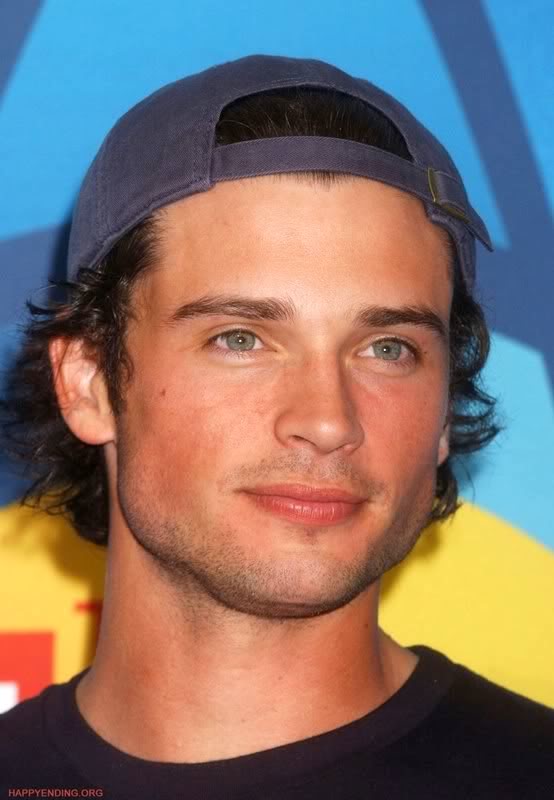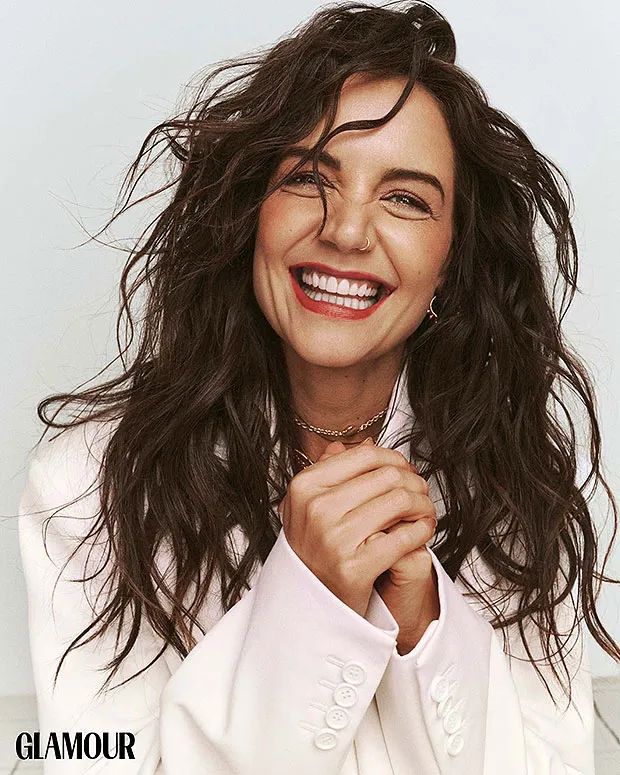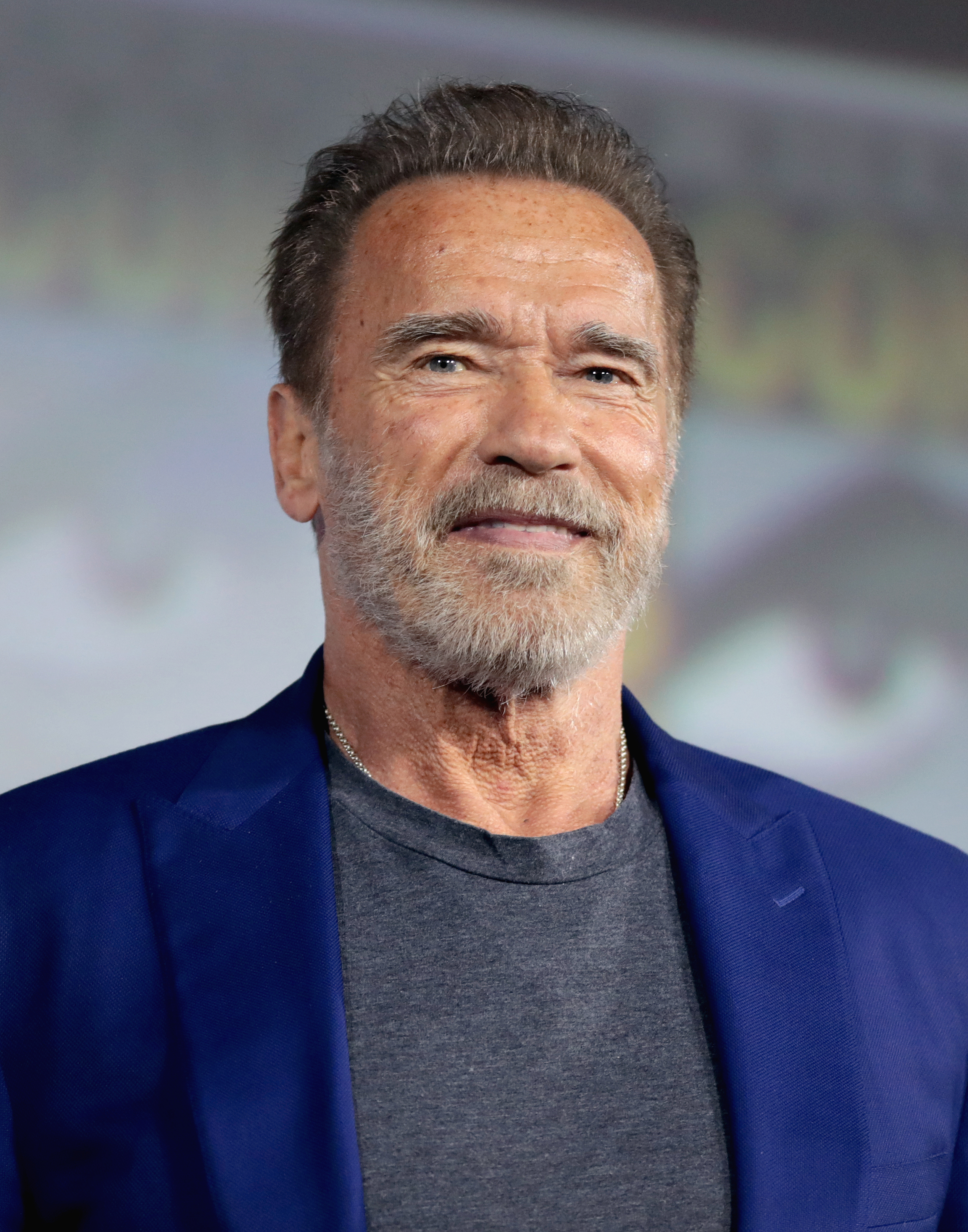
The recent passing of the inimitable Diane Keaton at 79, a true titan of American cinema, has left an indelible void, yet it also serves as a poignant moment to reflect upon a life magnificently lived and a career that redefined acting for generations. Keaton, an Oscar-winning actress, filmmaker, and author, captivated audiences with her extraordinary range, moving effortlessly between the profound drama of “The Godfather” films and the effervescent charm of “Annie Hall,” leaving an unforgettable imprint on Hollywood’s landscape. Her unique blend of vulnerability, intelligence, and an endearing, often self-deprecating, eccentricity made her a beloved figure, transcending the conventional boundaries of stardom.
For decades, Diane Keaton embodied a refreshing authenticity that resonated deeply with moviegoers, forging a career path marked by audacious choices and remarkable versatility. She approached each role with an innate curiosity, a willingness to lay herself bare to tell stories that mirrored the complexities of human experience. From her distinctive fashion sense that sparked trends to her insightful performances that garnered critical acclaim, Keaton was more than an actress; she was a cultural barometer, influencing both style and substance in an industry often resistant to genuine individuality.
In the ensuing retrospective, we embark on a journey through the pivotal moments and groundbreaking performances that shaped Diane Keaton’s illustrious career. We will delve into the creative currents that propelled her from a young drama student to an enduring icon, examining the roles that not only earned her accolades but also profoundly impacted the cinematic narrative. This exploration will illuminate the profound legacy of an artist who always embraced freedom and the opportunity to make her own choices, leaving behind a body of work that continues to inspire and entertain.
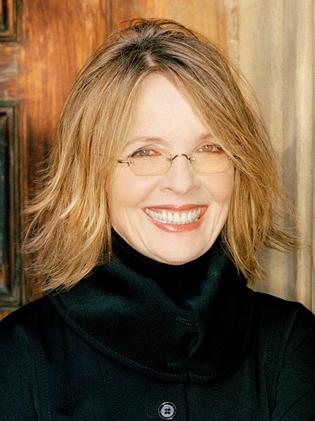
1. **Early Artistic Beginnings: From Broadway to the Silver Screen**Diane Keaton’s journey into the performing arts began in her native Los Angeles, where she was born Diane Hall in 1946. After studying drama at Santa Ana College and briefly attending the University of Southern California, she made the pivotal decision to move to New York City, enrolling in the Neighborhood Playhouse drama school. It was here that she honed her craft, a foundational period that prepared her for the bright lights of Broadway and eventually, the cinematic stage. Her early experiences laid the groundwork for the unconventional, yet deeply authentic, acting style that would become her hallmark.
In 1968, Keaton landed her first significant professional role as an understudy for Sheila in the original Broadway production of “Hair.” This early foray into professional theater quickly brought her a degree of notoriety, particularly for her principled refusal to disrobe during the Act I finale, a choice that was optional for cast members despite the lure of a $50 bonus for nudity. Following her nine-month tenure in “Hair,” she auditioned for Woody Allen’s play, “Play It Again, Sam,” ultimately securing the part despite being initially deemed “too tall” for Allen, who stood 2 inches shorter than her 5 ft 8 in frame. This performance garnered her a Tony Award nomination for Best Featured Actress in a Play, signaling her arrival as a compelling stage presence.
The transition to the screen soon followed, with Keaton making her film debut in 1970’s “Lovers and Other Strangers.” This was quickly succeeded by guest roles on popular television series of the era, including “Love, American Style,” “Night Gallery,” and “Mannix.” These early appearances, though minor, provided crucial opportunities for her to refine her craft in different mediums, slowly building a repertoire that hinted at the profound talent waiting to be fully unleashed. Even in these nascent stages, her distinctiveness began to shine through, setting her apart from her contemporaries and preparing her for the monumental roles that lay ahead.
Read more about: The Enduring Echo: Unpacking the Global Phenomenon of the Name Jennifer
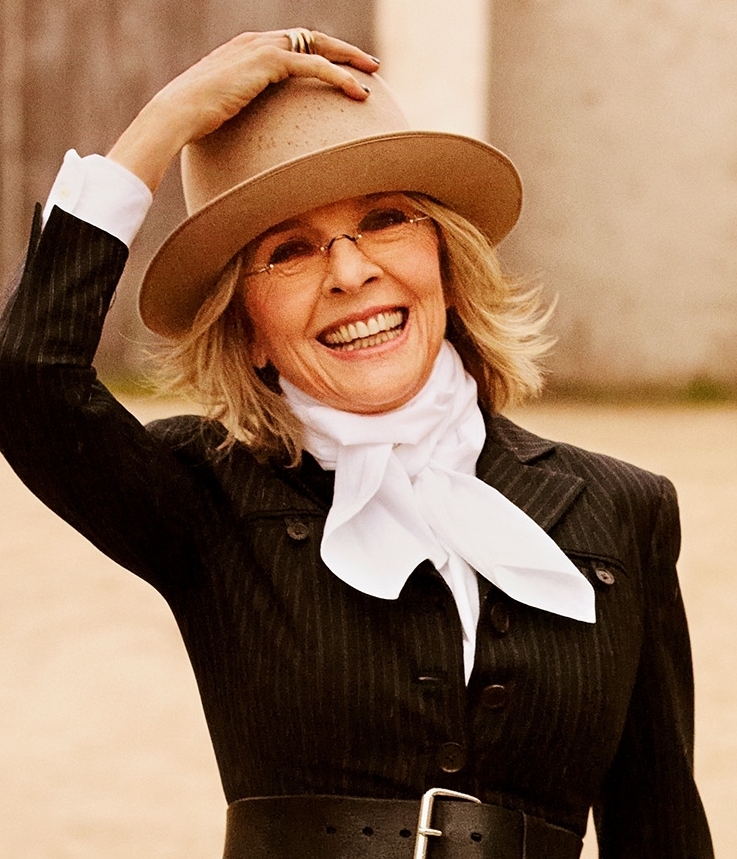
2. **The Godfather Saga: An Enigmatic Presence in a Male-Dominated World**Diane Keaton’s undeniable breakthrough arrived in 1972 with her casting as Kay Adams, the steadfast girlfriend and later wife of Michael Corleone, portrayed by Al Pacino, in Francis Ford Coppola’s seminal film, “The Godfather.” Coppola, having first noticed Keaton in “Lovers and Other Strangers,” was drawn to her “reputation for eccentricity,” a quality he specifically sought to imbue the character of Kay with. Keaton herself acknowledged this perception, noting that at the time, she was often referred to as “the kooky actress” within the film industry, a moniker she would soon transcend.
Her portrayal of Kay Adams was, in her own words, “loosely based on her real-life experience of making the film, both of which she described as being ‘the woman in a world of men.'” This perspective undoubtedly informed her nuanced performance, depicting a character navigating the perilous and patriarchal world of the Corleone family with a quiet strength and burgeoning disillusionment. “The Godfather” proved to be an unprecedented critical and financial triumph, becoming the highest-grossing film of its year and securing the Academy Award for Best Picture, catapulting Keaton into the national consciousness.
Keaton reprised her role as Kay Adams two years later in “The Godfather Part II,” a continuation that saw her character evolve dramatically. Initially expressing skepticism about returning, she found the script offered a “much more substantial” portrayal, allowing Kay to become more embittered and vocal about her husband’s criminal enterprise. While some critics, such as Time magazine, initially felt her character’s importance was “minimal” in the initial films, Empire magazine countered, noting that Keaton “proves the quiet lynchpin which is no mean feat in [the] necessarily male dominated films,” underscoring the subtle yet crucial impact of her presence.
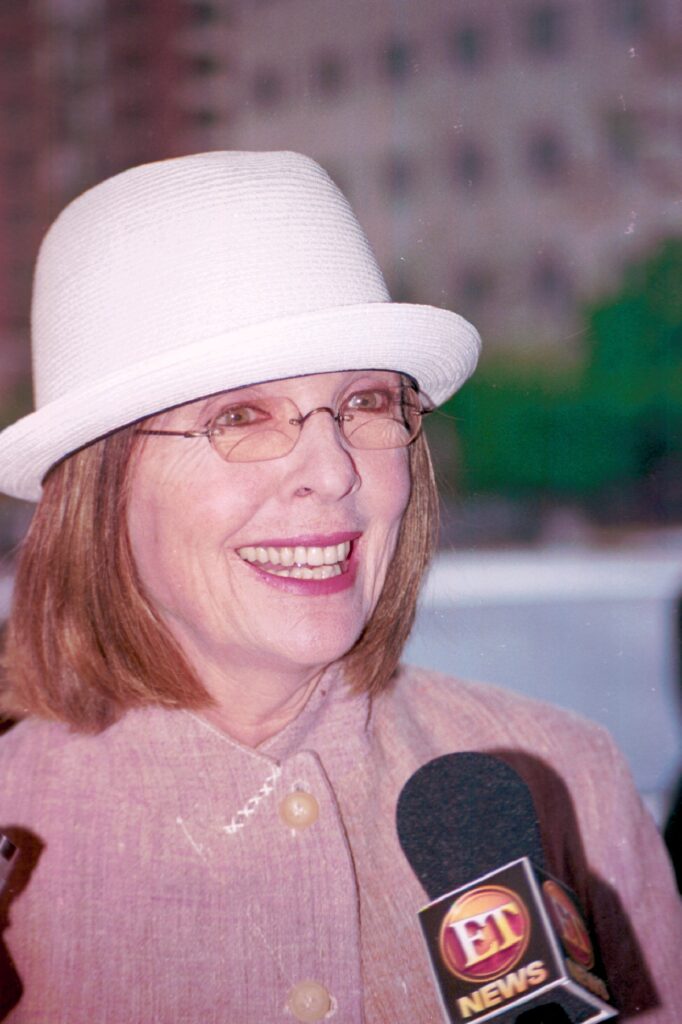
3. **Annie Hall: Defining a Generation and Becoming a Fashion Icon**In 1977, Diane Keaton solidified her status as a leading lady and cultural phenomenon with her Academy Award-winning performance in Woody Allen’s romantic comedy-drama “Annie Hall.” The film, co-written by Allen and Marshall Brickman, and directed by Allen, was widely perceived as an autobiographical exploration of Allen’s complex relationship with Keaton. The character of Annie Hall herself was meticulously crafted, drawing loosely from Keaton, with “Annie” being her actual nickname and “Hall” her original surname. Many of Keaton’s distinctive mannerisms and her characteristic self-deprecating humor were consciously woven into the role, making the character an idealized, yet deeply authentic, extension of herself.
Keaton’s performance as the titular character was widely hailed, with CNN describing her acting as “awkward, self-deprecating, speaking in endearing little whirlwinds of semi-logic,” while Allen famously characterized it as a “nervous breakdown in slow motion.” This portrayal of an insecure yet intelligent woman, navigating the intricacies of modern romance in New York City alongside Allen’s neurotic Alvy Singer, resonated deeply with audiences. “Annie Hall” became a massive critical and commercial success, securing the Academy Award for Best Picture and earning Keaton the coveted Best Actress Oscar, cementing her place as an icon of American cinema.
Beyond her masterful acting, Keaton’s eccentric wardrobe in “Annie Hall” became an unexpected and enduring fashion phenomenon of the late 1970s. Her distinctive style, composed mainly of vintage men’s clothing—including neckties, vests, baggy pants, and fedora hats—transformed her into an unlikely fashion icon. A significant portion of these iconic outfits came directly from Keaton’s personal wardrobe, as she was already renowned for her tomboyish clothing style long before the film’s release, with Ruth Morley designing the film’s costumes. Almost immediately following the film’s debut, men’s clothing and pantsuits became a ubiquitous and fashionable choice for women, a testament to her profound influence.
Feminist film critic Molly Haskell eloquently captured Keaton’s unique appeal, observing, “Keaton took me by surprise in Annie Hall. Here she blossomed into something more than just another kooky dame—she put the finishing touches on a type, the anti-goddess, the golden shiksa from the provinces who looks cool and together, who looks as if she must have a date on Saturday night, but has only to open her mouth or gulp or dart spastically sideways to reveal herself as the insecure bungler she is, as complete a social disaster in her own way as Allen’s horny West Side intellectual is in his.” Her performance was later ranked 60th on Premiere magazine’s list of the “100 Greatest Performances of All Time,” highlighting her genius in portraying a character who was both ditzy and profoundly intelligent, a truly remarkable dichotomy.
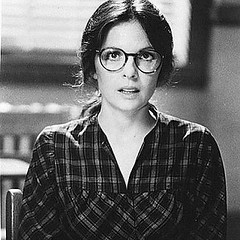
4. **The Allen Collaborations: Crafting Eccentricity and Romantic Dynamism**The 1970s were profoundly marked by Diane Keaton’s prolific collaborations with Woody Allen, a partnership that yielded some of the most memorable and influential films of the decade. Beyond “Annie Hall,” Keaton became Allen’s undisputed muse during his early film career, starring in a series of his comic and dramatic works that showcased her unparalleled ability to embody eccentric, yet deeply relatable, characters. This period was a crucible for their distinctive cinematic language, defining an era of sophisticated, witty, and often neurotic New York storytelling.
Their joint ventures included the sci-fi comedy “Sleeper,” the period satire “Love and Death,” the intense drama “Interiors,” and the iconic romantic comedy “Manhattan.” Whether portraying a free-spirited woman in a futuristic dystopia or a sophisticated urbanite grappling with existential angst, Keaton brought an authentic vulnerability and an unforced comedic timing to each role. Her self-deprecating wit and unique mannerisms were not merely integrated but often became the very fabric of these characters, creating a synergy that made their on-screen chemistry electrifying and endlessly engaging.
The profound artistic connection between Keaton and Allen was instrumental in shaping the comedic and dramatic landscape of 1970s cinema. Their films together were more than just entertainment; they were cultural touchstones that explored the anxieties and aspirations of a generation. Their final major collaboration of this period, “Manhattan” (1979), served as a poignant capstone to a decade of creative brilliance, cementing their legacy as one of Hollywood’s most iconic director-actor pairings and demonstrating Keaton’s formidable range as a leading actress.
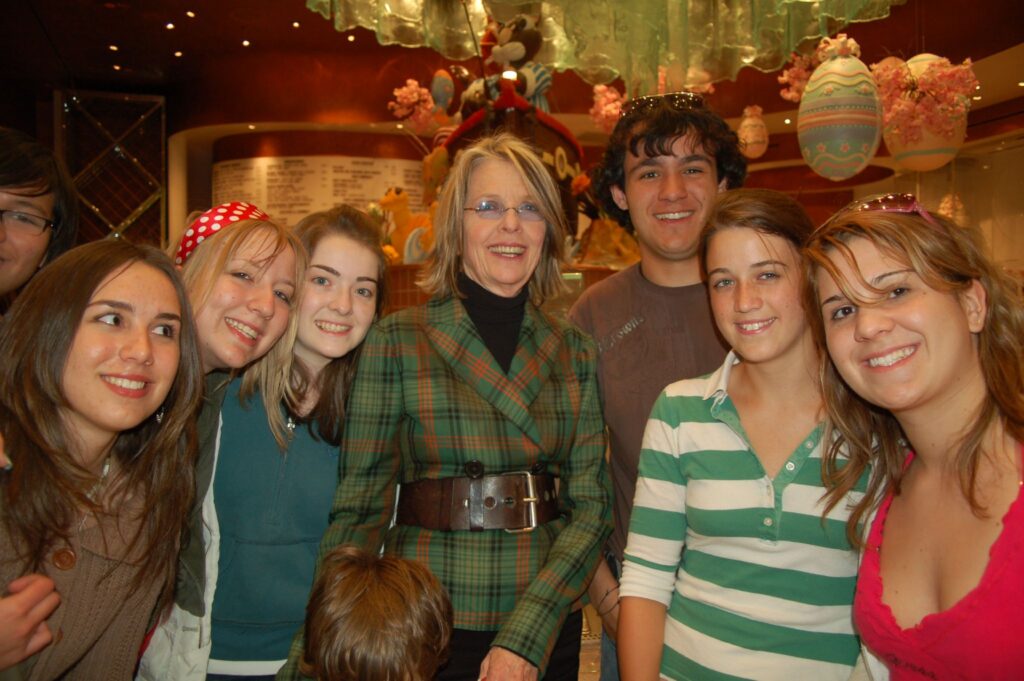
5. **Reds: A Tour de Force of Dramatic Intensity**Following her prolific work with Woody Allen, Diane Keaton ventured into a new dramatic territory, embarking on a significant romantic and professional partnership with Warren Beatty. This collaboration culminated in the ambitious 1981 epic historical drama “Reds,” a film that marked a considerable departure from her more comedic roles. In “Reds,” Keaton delivered a powerful performance as Louise Bryant, a passionate journalist and feminist who becomes romantically involved with radical journalist John Reed, played by Beatty, chronicling the Russian Civil War. Beatty had meticulously developed the project for years, undertaking extensive historical research and interviews since the early 1970s before filming finally commenced in 1979.
Keaton’s portrayal of Louise Bryant was a masterclass in dramatic intensity, depicting a woman who, in her own words in a 2006 Vanity Fair story, was “the everyman of that piece, as someone who wanted to be extraordinary but was probably more ordinary.” She articulated her personal connection to the character’s internal struggle, confessing, “I knew what it felt like to be extremely insecure.” Assistant director Simon Relph later underscored the formidable challenge of the role, stating that Bryant was one of Keaton’s most difficult, and that “[she] almost got broken.” This candid reflection highlights the profound emotional depth Keaton invested in portraying the complex and often conflicted figure of Bryant.
“Reds” opened to widespread critical acclaim, with Keaton’s performance singled out for particular praise. The New York Times lauded her, writing that Keaton was “nothing less than splendid as Louise Bryant – beautiful, selfish, funny and driven. It’s the best work she has done to date.” Celebrated film critic Roger Ebert echoed this sentiment, calling Keaton “a particular surprise,” noting that he had previously expected her to be a “touchy New Yorker, sweet, scared, and intellectual.” Instead, he found her “just what she needs to be: plucky, healthy, exasperated, loyal, and funny.” Her compelling and deeply felt performance earned her a second Academy Award nomination for Best Actress, further solidifying her reputation as a formidable dramatic talent.

6. **Venturing into Diverse Genres: From Domestic Drama to Thriller**The 1980s continued to showcase Diane Keaton’s remarkable versatility as she consciously sought out roles that expanded her artistic repertoire beyond her established comedic persona. In 1982, she starred opposite Albert Finney in the searing domestic drama “Shoot the Moon.” The film unflinchingly depicted the devastating impact of a disintegrating marriage on a family, with Keaton portraying Faith Dunlap, a woman grappling with the emotional wreckage of separation and new love affairs. Her performance was widely lauded, with Pauline Kael of The New Yorker proclaiming the film “perhaps the most revealing American movie of the era,” and praising Keaton as a “star without vanity” who was “completely challenged by the role of Faith.”
Keaton’s courage to explore new cinematic landscapes led her to the thriller and action genre in 1984 with “The Little Drummer Girl.” This endeavor, however, proved to be both a financial and critical disappointment. Critics generally felt Keaton was miscast for the genre, with one review from The New Republic harshly stating that “the title role, the pivotal role, is played by Diane Keaton, and around her the picture collapses in tatters. She is so feeble, so inappropriate.” This rare misstep, however, did little to deter her commitment to diverse storytelling and challenging roles.
That same year, Keaton rebounded with strong positive reviews for her performance in “Mrs. Soffel,” a film based on the true story of a repressed prison warden’s wife who falls in love with and helps a convicted murderer escape. Two years later, she joined Jessica Lange and Sissy Spacek in “Crimes of the Heart,” a screen adaptation of Beth Henley’s Pulitzer Prize-winning play. Her portrayal of the “frumpy Lenny” was critically well-received, with Rita Kempley of The Washington Post noting how Keaton “eases smoothly from New York neurotic to southern eccentric,” underscoring her masterful ability to inhabit vastly different character types and regional sensibilities with authenticity. These roles collectively demonstrated her unwavering dedication to cinematic exploration, laying the groundwork for even greater successes in the decades to come.

7. **Stepping Behind the Camera: A Foray into Directing**By the late 1980s, Diane Keaton, ever the artist seeking new avenues of expression, ventured beyond acting to explore the world behind the lens. In 1987, she directed and edited her inaugural feature film, ‘Heaven,’ a documentary that thoughtfully pondered the profound question of an afterlife. While the critical reception was mixed, it undeniably marked her courageous first step into the directorial realm, showcasing a burgeoning curiosity about storytelling from a different perspective.
Her directorial ambition did not stop there; over the ensuing four years, Keaton meticulously honed her craft by helming an array of projects. This included directing visually captivating music videos for artists such as Belinda Carlisle, notably the chart-topping ‘Heaven Is a Place on Earth,’ alongside two television films starring Patricia Arquette. She also took the reins for episodes of acclaimed series like ‘China Beach’ and the enigmatic ‘Twin Peaks,’ demonstrating a remarkable versatility in her creative pursuits across different mediums.
This pivotal shift into directing underscored Keaton’s unwavering commitment to creative freedom, a recurring theme throughout her career. It revealed an artist unwilling to be confined to a single role, consistently seeking opportunities to make her own choices and shape narratives from their very inception. This period was crucial in establishing her as a multifaceted talent in an industry that often attempts to pigeonhole its stars.
Read more about: Halle Berry at 58: Decoding the Bold Career Moves and Enduring Influence of a Hollywood Icon
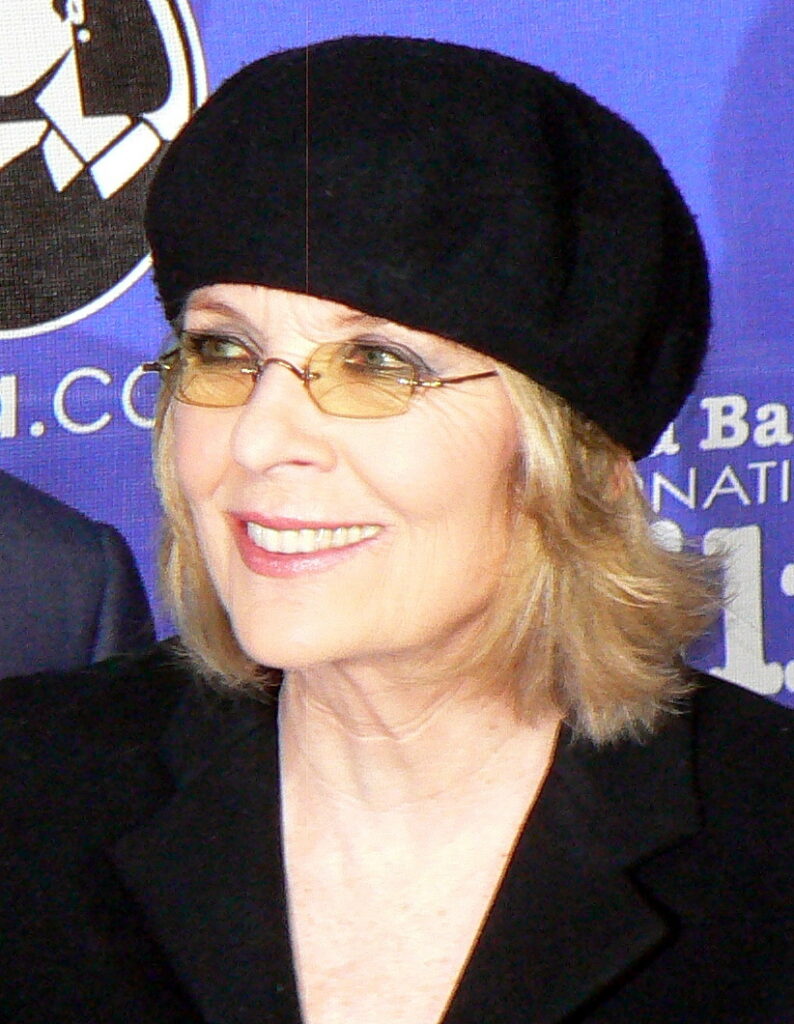
8. **The Nineties: Maturing Roles and a Creative Return with Allen**The 1990s witnessed Diane Keaton firmly establishing herself as one of Hollywood’s most versatile and beloved actors, gracefully transitioning into more mature roles. She consciously sought out characters that expanded her artistic repertoire, often portraying insightful matriarchs of middle-class families, steadfastly avoiding the confines of typecasting. This decade began with ‘The Lemon Sisters,’ a comedy-drama she both starred in and produced, reflecting her continuous engagement in varied projects.
A significant commercial triumph of this era was the family comedy ‘Father of the Bride’ in 1991, where she starred alongside Steve Martin. Despite initial casting challenges, the film proved to be a major hit, solidifying her appeal in heartwarming family narratives. Four years later, she reprised her role in the sequel, depicting a woman who becomes pregnant in middle age simultaneously with her daughter, a performance that drew widespread praise and comparisons to the legendary Katharine Hepburn for her mature yet vibrant portrayal.
The decade also marked a highly anticipated reunion with Woody Allen in the 1993 black comedy mystery ‘Manhattan Murder Mystery.’ Originally intended for Mia Farrow, Keaton stepped into the role with effortless charm, rekindling the electric on-screen chemistry that had defined their earlier collaborations. Critics lauded her performance, with one noting how she ‘nicely handles her sometimes buffoonish central comedic role,’ earning her a Golden Globe nomination for Best Actress.
Keaton’s directorial spirit continued to flourish in this period, as she helmed ‘Unstrung Heroes’ in 1995, her first theatrically released narrative film. Based on Franz Lidz’s memoir, she thoughtfully transposed the story’s New York setting to her childhood Southern California, showcasing a personal touch in her filmmaking vision. While the film saw a limited release, her direction garnered generally favorable reviews, affirming her continued evolution as a storyteller both in front of and behind the camera.

9. **’The First Wives Club’ and Championing Sisterhood**Perhaps the most groundbreaking and enduring success of Diane Keaton’s 1990s oeuvre arrived in 1996 with the smash-hit comedy ‘The First Wives Club.’ Starring alongside the formidable talents of Goldie Hawn and Bette Midler, Keaton formed an iconic trio of middle-aged women navigating the aftermath of divorce, uniting against husbands who left them for younger partners. The film resonated powerfully with audiences, grossing an impressive US$105 million at the North American box office and swiftly developing a fervent cult following, particularly among women of a certain age.
Keaton’s portrayal in the film was met with widespread critical acclaim, with the San Francisco Chronicle declaring her ‘probably [one of] the best comic film actresses alive.’ Beyond its commercial success, ‘The First Wives Club’ became a cultural touchstone, celebrating female solidarity and resilience in the face of societal pressures. Keaton herself candidly remarked that making the film ‘saved [her] life,’ underscoring its profound personal and professional significance for her.
Her remarkable versatility was further exemplified that same year in the critically acclaimed drama ‘Marvin’s Room,’ where she delivered a deeply moving performance as Bessie, a woman battling leukemia. Starring opposite Meryl Streep as her estranged sister and Leonardo DiCaprio as her rebellious nephew, Keaton’s nuanced portrayal earned her a third Academy Award nomination. This role, which she found challenging due to its exploration of terminal illness, solidified her reputation for embracing complex dramatic characters with profound emotional depth.
Rounding out the decade, Keaton continued to explore varied projects, including ‘The Only Thrill’ (1997) and a supporting role in ‘The Other Sister’ (1999). Additionally, in 1999, she lent her distinctive voice to narrate ‘If I Get Out Alive,’ a significant public radio documentary shedding light on the harsh realities faced by young people within the adult correctional system, demonstrating her commitment to meaningful storytelling across different platforms.

10. **The 2000s: Reigniting the Romantic Comedy Spark**The dawn of the new millennium brought a fresh wave of creative endeavors for Diane Keaton, marking a significant resurgence in her career, particularly within the romantic comedy genre. While her early 2000s projects, such as directing and starring in ‘Hanging Up’ and the critically panned ‘Town & Country’ with Warren Beatty, experienced mixed results, they paved the way for future triumphs that would once again place her at the forefront of Hollywood.
The year 2003 heralded a monumental success with the romantic comedy ‘Something’s Gotta Give,’ directed by Nancy Meyers and co-starring the legendary Jack Nicholson. This film was a groundbreaking endeavor, with Meyers revealing initial studio reluctance to showcase ‘people of a certain age be y.’ Keaton, however, championed the film’s premise, eloquently stating that ‘people my age and Jack’s age are much deeper, much more soulful… They have a great deal of passion and hope—why shouldn’t they fall in love?’
Keaton’s compelling portrayal of a middle-aged playwright who unexpectedly falls for her daughter’s much older boyfriend garnered immense critical and commercial success, grossing US$125 million in North America. Roger Ebert praised the film, noting that ‘Keaton and Nicholson bring so much experience, knowledge and humor to their characters that the film works in ways the screenplay might not have even hoped for.’ This performance earned Keaton her fourth Academy Award nomination, unequivocally solidifying her status as a vital and captivating leading lady in mature romantic narratives.
Her strong presence in the 2000s continued with roles in ensemble comedies like ‘The Family Stone’ (2005), where she played a breast cancer survivor and matriarch, earning a Satellite Award nomination. Despite some later films like ‘Because I Said So’ (2007) and ‘Mama’s Boy’ (2007) receiving less favorable reviews, Keaton’s ability to infuse warmth and humor into her characters ensured her continued visibility and endearment to audiences throughout the decade, showcasing an unwavering dedication to her craft.

11. **The 2010s and Beyond: Voice Work, Television, and Enduring Presence**As her career entered its later stages, Diane Keaton continued to demonstrate an extraordinary capacity for reinvention and versatility, embracing a diverse array of roles across film and television. The 2010s saw her in comedies such as ‘Morning Glory’ (2010) with Rachel McAdams and Harrison Ford, where critics lauded her performance, suggesting she could ‘slid[e] effortlessly into an anchor’s chair on a real morning show.’ She also captivated audiences in ‘Darling Companion’ (2012) and ensemble pieces like ‘The Big Wedding’ (2013), cementing her enduring appeal.
Her remarkable presence continued in films like Rob Reiner’s ‘And So It Goes’ (2014) with Michael Douglas, and ‘5 Flights Up’ (2014) alongside Morgan Freeman, where she portrayed a long-married couple contemplating selling their beloved Brooklyn apartment. Her continued excellence was recognized in 2014 when she became the first woman to receive the prestigious Golden Lion Award at the Zurich Film Festival, a testament to her profound contributions to cinema.
Keaton’s artistic scope expanded significantly to include highly acclaimed voice work, most notably as the voice of amnesiac fish Dory’s mother in Disney and Pixar’s ‘Finding Dory’ (2016). This animated sequel was a massive critical and commercial triumph, grossing over US$1 billion worldwide and setting numerous records. Concurrently, she made a powerful foray into television with the HBO eight-part series ‘The Young Pope’ (2016), delivering a memorable performance as a nun who raised the newly elected pontiff, further underscoring her impressive range across various media.
The latter half of the decade and beyond saw Keaton continuing to charm audiences in projects such as ‘Hampstead’ (2017) and the commercially successful ‘Book Club’ (2018), which evolved into a franchise, further showcasing her delightful comedic timing alongside an impressive veteran cast. Her final appearance was in the 2024 film ‘Summer Camp,’ bringing her illustrious career to a poignant close, yet leaving an immeasurable body of work that continues to captivate and inspire.
Read more about: Remember the ’00s? These 14 Pop Culture Moments and Trends Defined an Era!
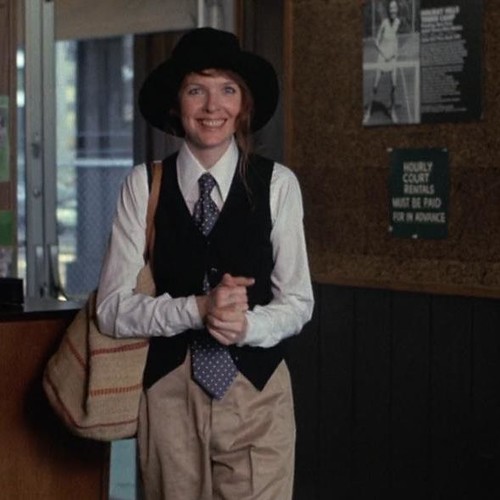
12. **An Enduring Legacy: Style, Substance, and Societal Impact**The recent passing of Diane Keaton at 79 brought a profound sense of loss to Hollywood and her legions of admirers, yet it also offered a poignant opportunity to celebrate a life and career that transcended the ordinary. From her unconventional beginnings on Broadway to her Oscar-winning performances, her foray into directing, and her unwavering presence in film and television for over five decades, Keaton embodied a unique blend of vulnerability, sharp intelligence, and an endearing eccentricity that made her truly inimitable.
Her influence extended far beyond the silver screen; Keaton was a veritable cultural barometer, shaping trends and challenging conventions. Her distinctive fashion sense in ‘Annie Hall’ ignited a global phenomenon, while her consistent pursuit of authentic, complex female characters redefined what was possible for women in Hollywood. She consistently embraced roles that allowed her to explore the human condition with profound depth, always choosing freedom and the opportunity to make her own creative decisions.
Beyond her artistic contributions, Diane Keaton’s compassion illuminated her personal life. The statement released by her family poignantly highlighted her steadfast support for the unhoused community and her deep love for animals. These philanthropic endeavors underscore a legacy built not just on dazzling performances, but also on a genuine commitment to making a positive impact on the world, reflecting a generous spirit that matched her on-screen brilliance.
Read more about: Robert Redford: The Enduring Legacy of Hollywood’s Independent Visionary and Environmental Crusader
As we reflect on Diane Keaton’s extraordinary life in pictures, we are reminded of the void left by a true titan of American cinema, one whose work ‘time and again laid herself bare to tell our stories,’ as filmmaker Nancy Meyers eloquently put it. Her own words, ‘What made my life interesting was I had freedom. You know, that I had the opportunity to make my choices with time as it went on,’ serve as a powerful testament to an artist who lived and worked with audacious individuality, leaving an indelible imprint on our hearts and on the grand tapestry of cinematic history. Her light, though now dimmed, will continue to shine brightly through the timeless artistry she gifted us all, inspiring generations to come to embrace their own unique paths and make their own choices.

